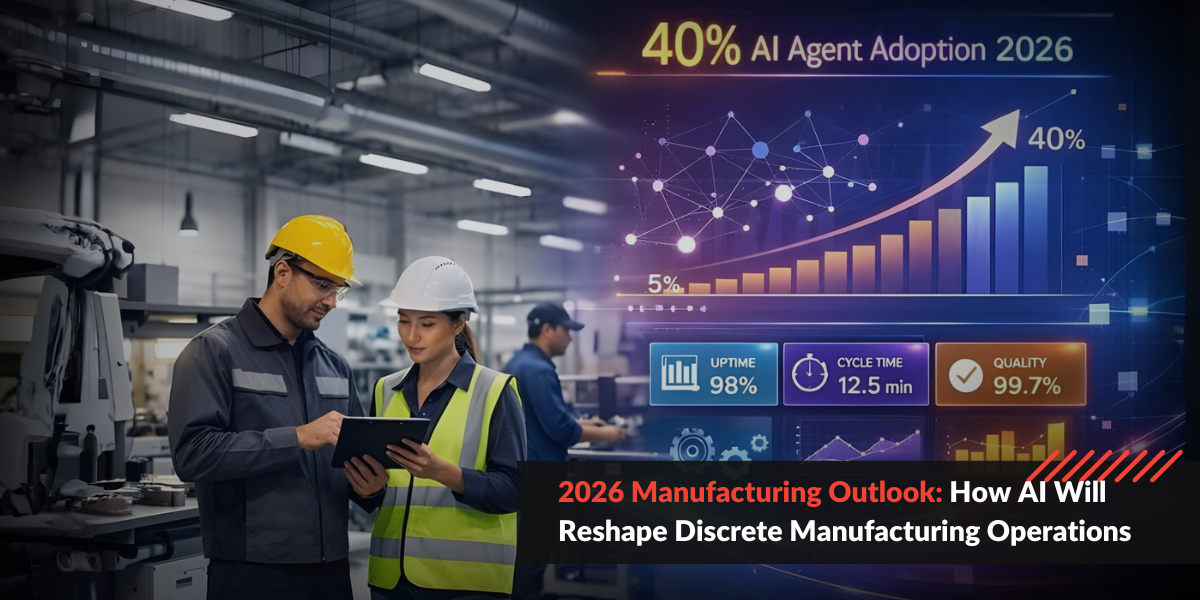Businesses across multiple industries are leveraging digital transformation for a competitive edge, and automation of processes is a fundamental aspect of this evolution. However, there are two choices possible when seeking to automate processes – Application Programming Interface (API) integrations or Robotic Process Automation (RPA). Both options have their own set of pros and cons. So, how do you know whether API or RPA is the right choice for the process you’d like to automate?
Here are 6 scenarios when the advantages of RPA outweigh API integrations, making it the ideal choice for automation.
- A Web Service Call or API is Unavailable
When choosing between RPA and API integrations to support automation, it is critical to consider availability. The availability of an API, native integration or source code is necessary for traditional IT controlled integrations such as web service calls. Unlike APIs, RPA has the ability to function seamlessly in parallel with multiple applications and solutions. This is why RPA can be counted on as a cost-effective solution when an API or web service call is unavailable.
- Disparate Legacy Systems Hinder Integrations
A number of legacy systems that are still in use today have severe limitations as they do not support integrations at any level. It can be extremely expensive to develop an API from scratch for such systems. Moreover, in-depth technical knowledge is also required to create these APIs and the lack of documentation and support for these legacy systems can compound the difficulty.
RPA solutions can interact with any system by mimicking the actions of the user with the interface, bypassing the need for any complex software-based integration. RPA can run smoothly with any previous generation applications and systems. In addition, the RPA solution can leverage AI capabilities if required, enabling hyperautomation or Intelligent Process Automation (IPA).
- IT Resources are Limited
API integrations can entail a significant amount of work for your IT team who have to tackle their existing workload as well as the API integration. Sometimes they may lack the capacity to manage such an integration alongside other work, leading to delays.
Moreover, API integrations can be complex. The primary problem faced by developers is merging a large volume of features and variations across subsequent APIs into one comprehensive layer. One of RPA’s primary strengths in this regard is its ability to lighten the burden faced by IT teams. RPA technology can be installed and operated without specialized technical knowledge. Anyone, even a business-oriented user in the organization can manage the bulk of an RPA project. This saves valuable and expensive man hours of effort while lowering the complexity of automation.
- Automation of Multi-Step Processes across Several Systems
In case the process to be automated has a very specific, highly defined type of transaction taking place between two applications or systems, API can be the right choice. However, the more likely scenario is that you need to automate a process with multiple steps entailing several transactions across disparate applications. In this latter scenario, choosing RPA can be easier, quicker and more cost-effective. You’ll be able to automate multi-step processes with ease.
- Business Continuity is at Risk Due to API Usage Limits
As usage of APIs is often metered, your company could hit its daily limit and have to wait till the next day to continue processing. This delay can be severely detrimental to your company. As a mitigative measure some companies invest in a higher limit which often results in unutilized API allowances. Metered APIs can also lead to higher ongoing costs. In case of multi-module APIs, it can lead to significant cost per transaction. In a sizeable project with a high number of API calls, the cost can be excessive and this is not even considering costs related to development, testing, maintenance of the integration.
RPA can be much more affordable and eliminates the risk of interruptions to business continuity. You can count on RPA automation 24/7 with no limitations on usage.
- Launch Time is Critical
When time is a critical factor for launching an automated workflow or application, RPA can really save the day. When compared to the expensive, time-consuming API integrations that require effort from skilled resources, RPA can get up and running much faster and with minimal effort. Implementation can take just a few days or weeks, depending on the scope and complexity of processes. Either way, it’s less than half the time frame of an API integration. RPA enables you to automate processes from end-to-end and meet your planned launch time.
If you’re considering RPA for your organization, you can read more about Ways to Slash Total Cost of Automation (TCA) of RPA Projects.
Discover the exciting possibilities of Hyperautomation – The Next Wave of Disruptive, Technical Innovation for Enterprises.
If you’d like to explore avenues where your business can benefit from RPA implementations for hyperautomation, the Rapid Acceleration Partners team would be glad to help. Our next-gen, AI-powered content intelligence platform RAPFlow enables full lifecycle AI orchestration on a single platform. When used in tandem with our RPA solution RAPBot, it provides end-to-end workflow automation capabilities that can be deployed in just weeks. You can even build your own use case and the platform can easily integrate with your existing systems. Book a demo to get a more detailed understanding of how our products can transform your business.




